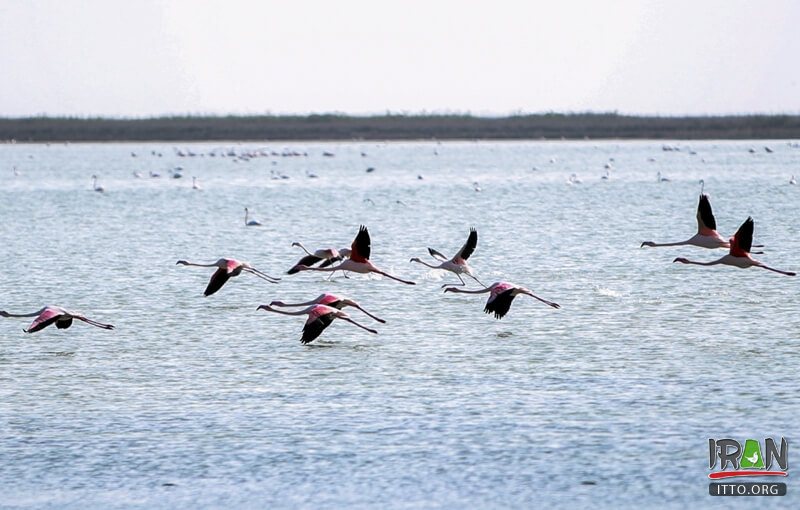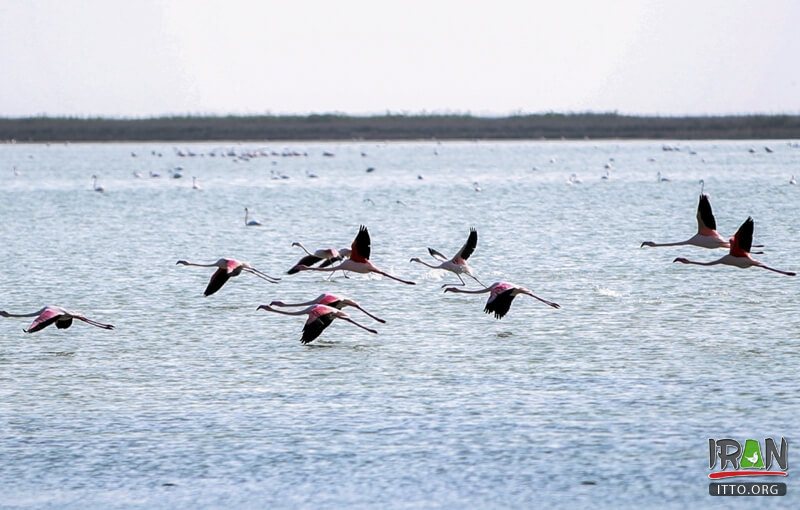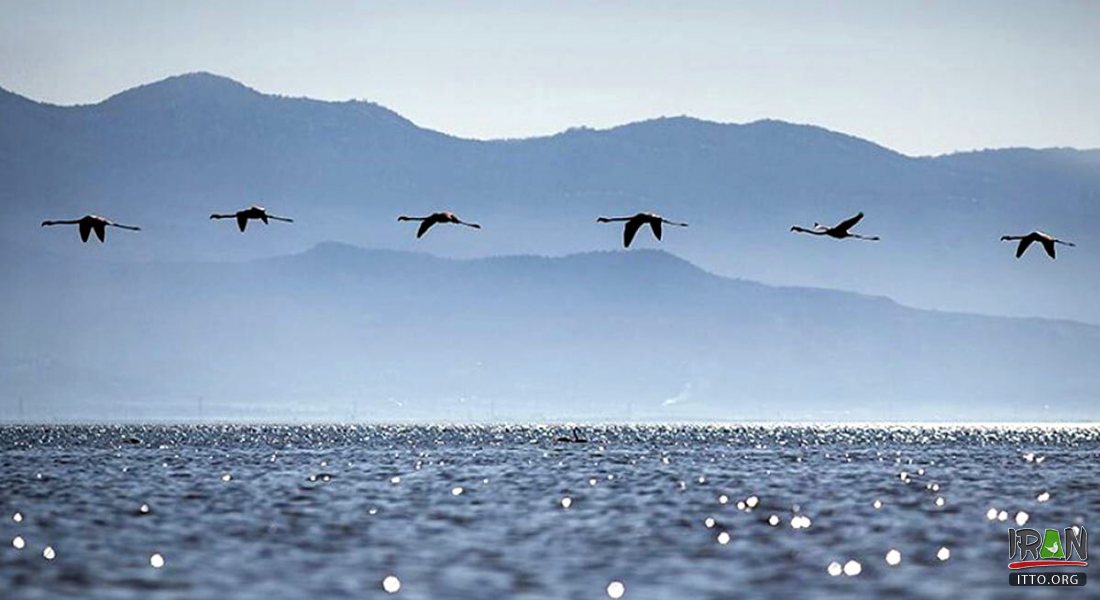The annual census for migratory birds in Iran begins in the middle of the Iranian calendar month of Dey (December 22- January 20) and ends in the middle of the month of Bahman (January 21- February 19), which will be a 1-month period since January 1 to 31.
The reason for the increase in the migration of wintering birds this year is due to the severe and premature cold in Siberia, Korous Rabiei stated.
According to the wintering census last year, 90 species of migratory birds with a population of over 500,000 migrated to the three wetlands of Miankaleh, Sorkhrud, and Azbaran, reservoirs and protected areas of the province, which is predicted to reach up to 700,000 this [Iranian calendar] year, he explained.
He went on to say that the largest increase in the migratory birds’ population is related to the whooper swan, whose number increased about 10 times compared to the same period last year, from 500 to about 5,000.
Due to having 800 reservoirs and wetlands, this province is considered as the main migration destination for aquatic birds in four seasons, which hosts more than 130 species of birds with a population of one million annually.
The migration growth, the severe and premature cold of the province and the outbreak of influenza virus have made the provision of nutrition to the main agenda of the DOE to prevent poaching, he stated.
“So far, about 20 tons of food for wintering birds have been provided with the participation of donors, environmental organizations and the DOE,” he added.
Every year, from Early-September to Late-February, Iran hosts rare species of migratory birds heading from north to the southern countries due to reduced seasonal temperatures and food availability.
Among the various groups of migratory birds wintering in Iran, the largest population belongs to the group of geese, swans and ducks amounting to 781,499 and the smallest population of 7 are the long-tailed ducks or oldsquaw.
The provinces of
Mazandaran and
Golestan are the first provinces with the highest number of migratory birds for having sufficient resources, as the movement of migratory birds is closely linked to the seasonal availability of resources.
What pushes migratory birds toward disappearance?Bird migration is the regular seasonal movement, often north and south along a flyway, between breeding and wintering grounds. Many species of bird migrate. Migration carries high costs in predation and mortality, including from hunting by humans, and is driven primarily by the availability of food.
Unsustainable development in Iran has resulted in habitat fragmentation posing a serious threat to the migratory birds; also anthropogenic disturbance such as agricultural expansion has resulted in dramatic global habitat loss and fragmentation.
Moreover, poaching, overgrazing, and long-standing drought spells have also impacted habitat destruction which ultimately results in birds’ total extinction.
Dalmatian pelican, Siberian crane, lesser white-fronted goose, and white-headed duck are among the endangered migratory birds which migrate to Iran.




